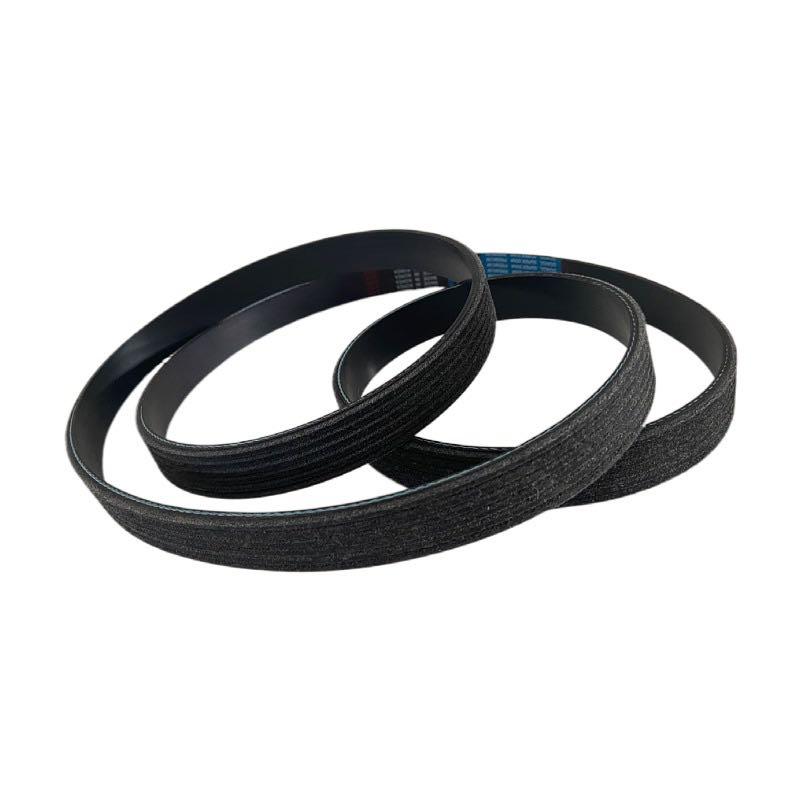- Arabic
- French
- Russian
- Spanish
- Portuguese
- Turkish
- Armenian
- English
- Albanian
- Amharic
- Azerbaijani
- Basque
- Belarusian
- Bengali
- Bosnian
- Bulgarian
- Catalan
- Cebuano
- Corsican
- Croatian
- Czech
- Danish
- Dutch
- Afrikaans
- Esperanto
- Estonian
- Finnish
- Frisian
- Galician
- Georgian
- German
- Greek
- Gujarati
- Haitian Creole
- hausa
- hawaiian
- Hebrew
- Hindi
- Miao
- Hungarian
- Icelandic
- igbo
- Indonesian
- irish
- Italian
- Japanese
- Javanese
- Kannada
- kazakh
- Khmer
- Rwandese
- Korean
- Kurdish
- Kyrgyz
- Lao
- Latin
- Latvian
- Lithuanian
- Luxembourgish
- Macedonian
- Malgashi
- Malay
- Malayalam
- Maltese
- Maori
- Marathi
- Mongolian
- Myanmar
- Nepali
- Norwegian
- Norwegian
- Occitan
- Pashto
- Persian
- Polish
- Punjabi
- Romanian
- Samoan
- Scottish Gaelic
- Serbian
- Sesotho
- Shona
- Sindhi
- Sinhala
- Slovak
- Slovenian
- Somali
- Sundanese
- Swahili
- Swedish
- Tagalog
- Tajik
- Tamil
- Tatar
- Telugu
- Thai
- Turkmen
- Ukrainian
- Urdu
- Uighur
- Uzbek
- Vietnamese
- Welsh
- Bantu
- Yiddish
- Yoruba
- Zulu
Ное . 09, 2024 08:10 Back to list
Different Types of Toothed Belts and Their Applications in Various Industries
Understanding Toothed Belt Types A Comprehensive Guide
Toothed belts — also known as timing belts or synchronous belts — are essential components in various mechanical systems and applications, ranging from automotive engines to industrial machinery. These belts are designed with teeth that fit into matching grooves on pulleys, allowing for precise motion transfer without slippage. In this article, we will explore the different types of toothed belts, their applications, advantages, and considerations for selection.
Types of Toothed Belts
1. Standard Tooth Toothed Belts Standard tooth toothed belts are the most widely used. They have trapezoidal teeth, which offer a good balance of grip and wear resistance. Commonly found in automotive timing systems, these belts help synchronize the rotation of the crankshaft and the camshaft. They typically come in various widths and lengths to suit diverse applications.
2. Curvilinear Tooth Toothed Belts Curvilinear toothed belts feature a rounded tooth profile, which provides superior engagement with the pulley. This design reduces stress on both the belt and the pulleys, leading to improved longevity and performance. These belts are commonly used in applications requiring high load capacity and low noise, such as in conveyors and robotic systems.
3. Polyurethane Toothed Belts Polyurethane toothed belts are made from a tough, wear-resistant material that offers exceptional durability. They are often used in applications involving linear motion and material handling, as they provide consistent performance over a long lifespan. These belts are less susceptible to environmental factors like oil and heat, making them ideal for industrial settings.
4. HTD (High Torque Drive) Belts HTD belts are designed with wider teeth to distribute the load across a larger surface area, which reduces wear and increases torque transfer capabilities. They are commonly used in high-performance applications such as CNC machines and racing engines. HTD belts are specifically engineered to enhance power transmission efficiency and performance.
5. RPP (Round Pitch Profile) Belts The RPP belts feature a round tooth profile that is specifically designed to minimize backlash and provide high precision in motion transfer. These belts are popular in robotics and automated systems, where precision and repeatability are paramount. Their design allows for smooth operation without the jerking movements often found in other belt types.
Applications of Toothed Belts
toothed belt types

Toothed belts are versatile and can be found in a variety of applications, including
- Automotive Engines Timing belts are critical in maintaining the correct timing between engine components, ensuring the engine runs smoothly. - Industrial Machinery Toothed belts drive conveyors, pump systems, and various automated equipment for efficient operation. - Robotics In robotic arms and automated handling systems, toothed belts provide precise movement and control. - 3D Printers Many 3D printers use toothed belts to move the print head and bed, ensuring accurate and repeatable printing.
Advantages of Toothed Belts
- Precise Motion Control The unique tooth design allows for accurate synchronization between components, reducing the chance of slippage. - Low Maintenance Toothed belts require less maintenance compared to chains or gear systems, as they do not require lubrication. - Noise Reduction They operate relatively quietly, which is beneficial in applications where noise levels must be minimized.
Considerations for Selection
When choosing a toothed belt, consider the following factors
- Load Requirements Determine the load and torque requirements of your application to select an appropriate belt type. - Environmental Conditions Consider the operating environment, including exposure to heat, chemicals, or moisture. - Belt Length and Width Ensure the selected belt length and width fit your system’s specifications.
Conclusion
Toothed belts play a vital role in facilitating motion and power transfer in countless applications across various industries. Understanding the types of toothed belts and their specific characteristics can significantly impact performance and longevity. Whether you're designing a new system or maintaining existing machinery, knowledge of toothed belt types helps ensure optimal functionality and efficiency in your applications. By considering the specific needs and conditions, you can select the right toothed belt to enhance performance and reliability in your mechanical systems.
-
Upgrade Power Steering Pump Belt for Smooth, Quiet Operation
NewsAug.27,2025
-
Precision Timing Belt & Chain: Engine Performance & Durability
NewsAug.26,2025
-
Precision Lathe Drive Belts: Durable & Reliable Performance
NewsAug.25,2025
-
84.5 Serpentine Belt: Durable & Precision Fit for Your Engine
NewsAug.24,2025
-
Premium Ribbed Drive Belts for Quiet Power Transmission
NewsAug.23,2025
-
High-Performance Vehicle Timing Belt for Engine Precision
NewsAug.22,2025

